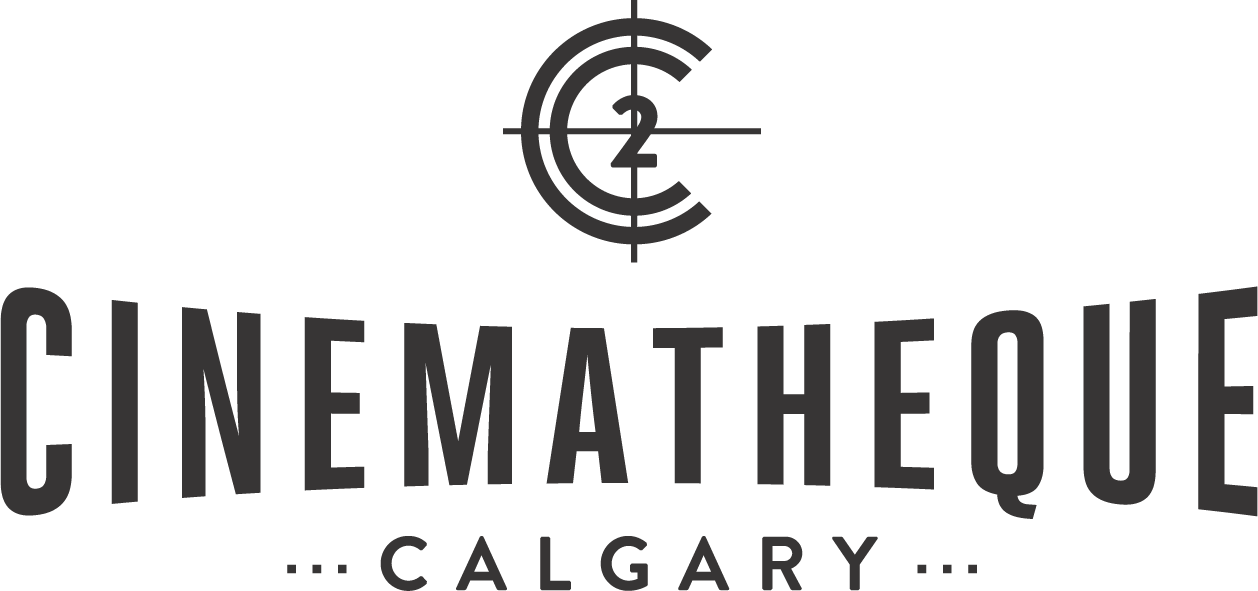Becky Sharp (Rouben Mamoulian, 1935)
Lively and visually ravishing, Becky Sharp is, as an early sound film, hardly breaking the mould in setting out to adapt a classic work of English literature (Thackeray’s 1848 novel Vanity Fair) by way of a live theatre version proven saleable on the New York stage. Big sets, martial processions, a large and fuzzy historical canvas, and colour louder than life itself.
The great Miriam Hopkins, already monumental in Ernst Lubitsch's comedies over at Paramount, plays the eponymous orphan Becky, an adequately sophisticated and big-hearted confidence operator with a command of the power of seduction but at the same time perfectly aware of the desperate value of shared affinity in unharmonious times (these troubles being Napoleonic ones). In improvising an out-in-the-open rise up the ladder of the old world aristocracy, Becky earns with her targeted affections brief entrance into hallowed, fantastic chambers, just beyond the threshold of what we might have previously imagined could even be perceived. At least one gown, combining canary yellow and blue, just has to belong to some kind of beyond.
When Hollywood studios set out in earnest to start making sound films at the end of the 1920s, the nature of the technology, far more cumbersome than would just have been the going standard, made it such that a sizeable body of cinema from this period is believed for good reason to be stagey, theatrical, and anchored lugubriously to its studio sets. Today, this actually seems key to the comprehensive triumph of Rouben Mamoulian's stunningly beautiful film.
Colour at first only further complicates matters from a technical end. For one thing, the Technicolor team had to be intimately involved with the day-to-day production. Additionally, of course, the reason colour films of the 1930s tend to be big epic historical pageants and musicals is because they all needed to be shot on absolutely massive sound stages, a logistic specific to the colour productions in that these required a huge amount of light in order to be filmed—sudden fires were not unheard of and the working conditions could be gruelling. It is remarkable the extent to which these considerations merely add to Becky Sharp.
The theatrical staging and finessed artifice retain their traces of earlier form and styles (resembling also the stratagems of our fleet feline heroine), all of it now satisfactorily left in the dust, surpassed by a supernatural colour imposed upon what we would have naturally expected and having thereby transposed it (and us). What this magical colour does is present firstly and most insistently a question or many of them concerning film form and the language of cinema. For one thing: was it ever necessary that cinema entirely break with the theatre? Robert Edmond Jones, the production designer on Becky Sharp, had principally made his name designing sets for major stage productions. This is what Jones had to say about his craft: “Colour in pictures does not mean that the screen will be deluged in brilliant hues. Colour is rather the tone of the picture, or the underlying tone of all tones. Every square inch of the picture must be related to every other square inch.”
This is not a million miles off from the great Impressionist painter Paul Cézanne who saw in his environment an integrated whole the discourse of which was the lived and felt experience of binding cosmic encounter. In this context the incandescence of star Miriam Hopkins, who is having herself a field day, becomes something more occult and more properly seductive as well. The artificial can be made to mark elevation to a higher plane of existence.
-Written by Jason Wierzba
